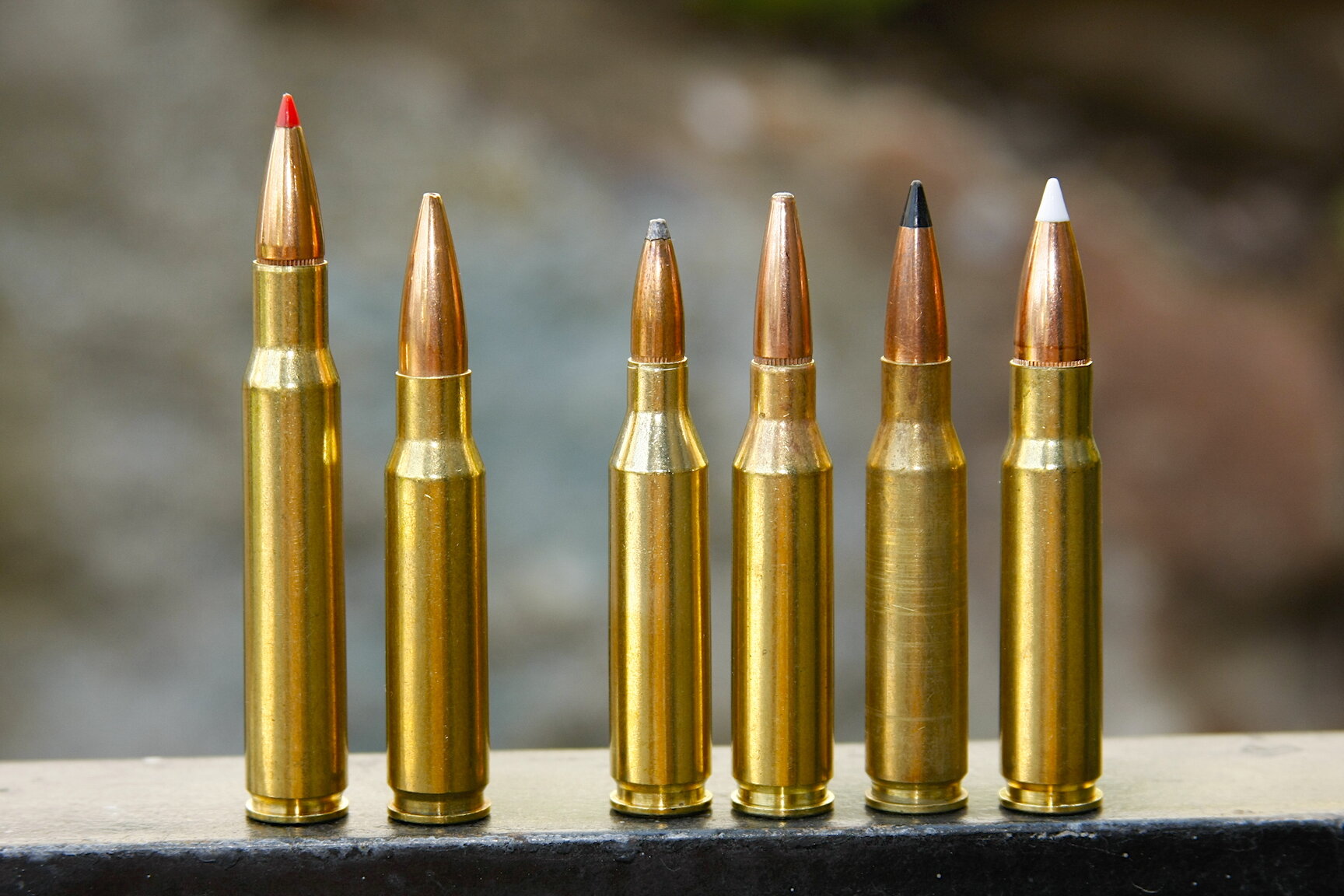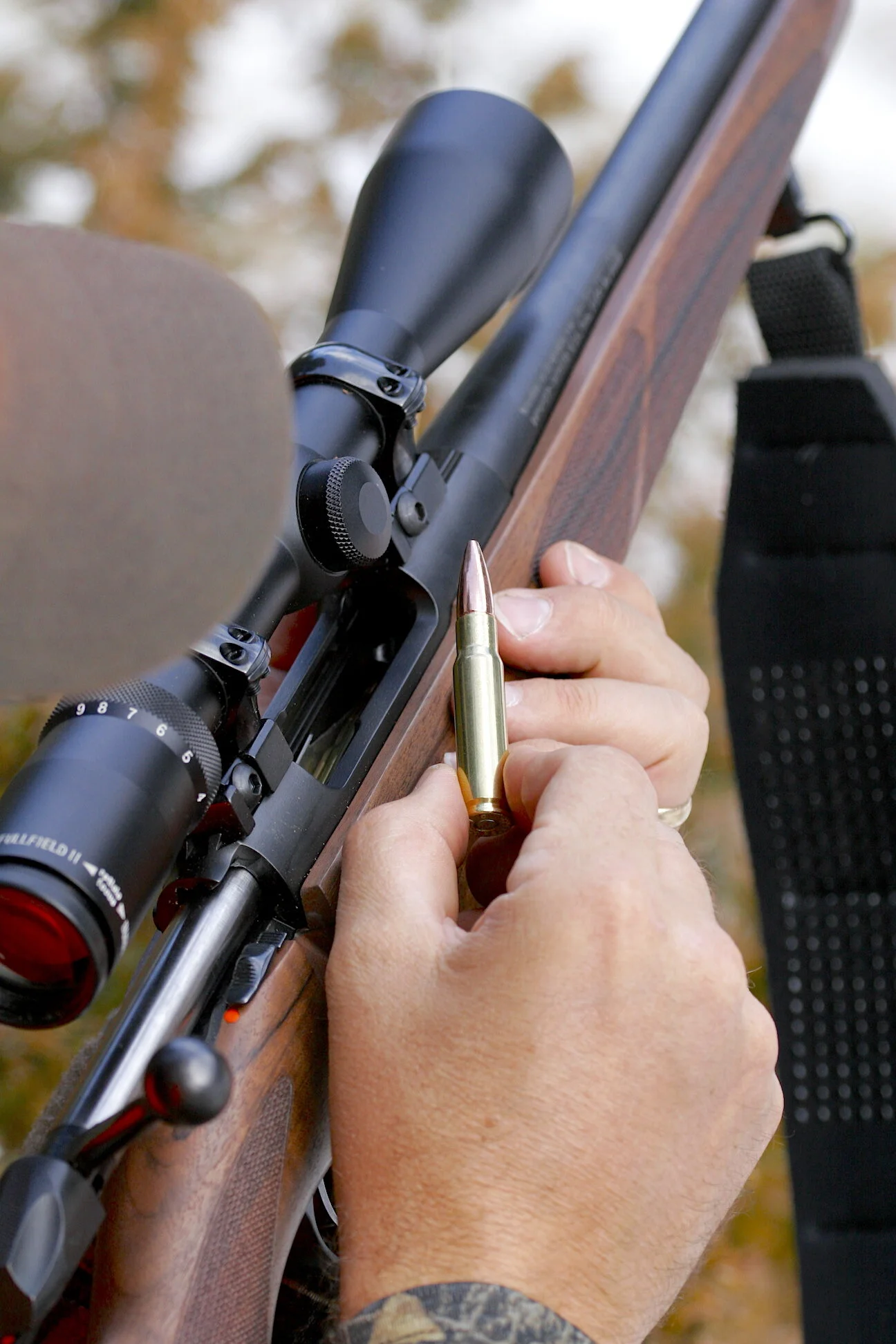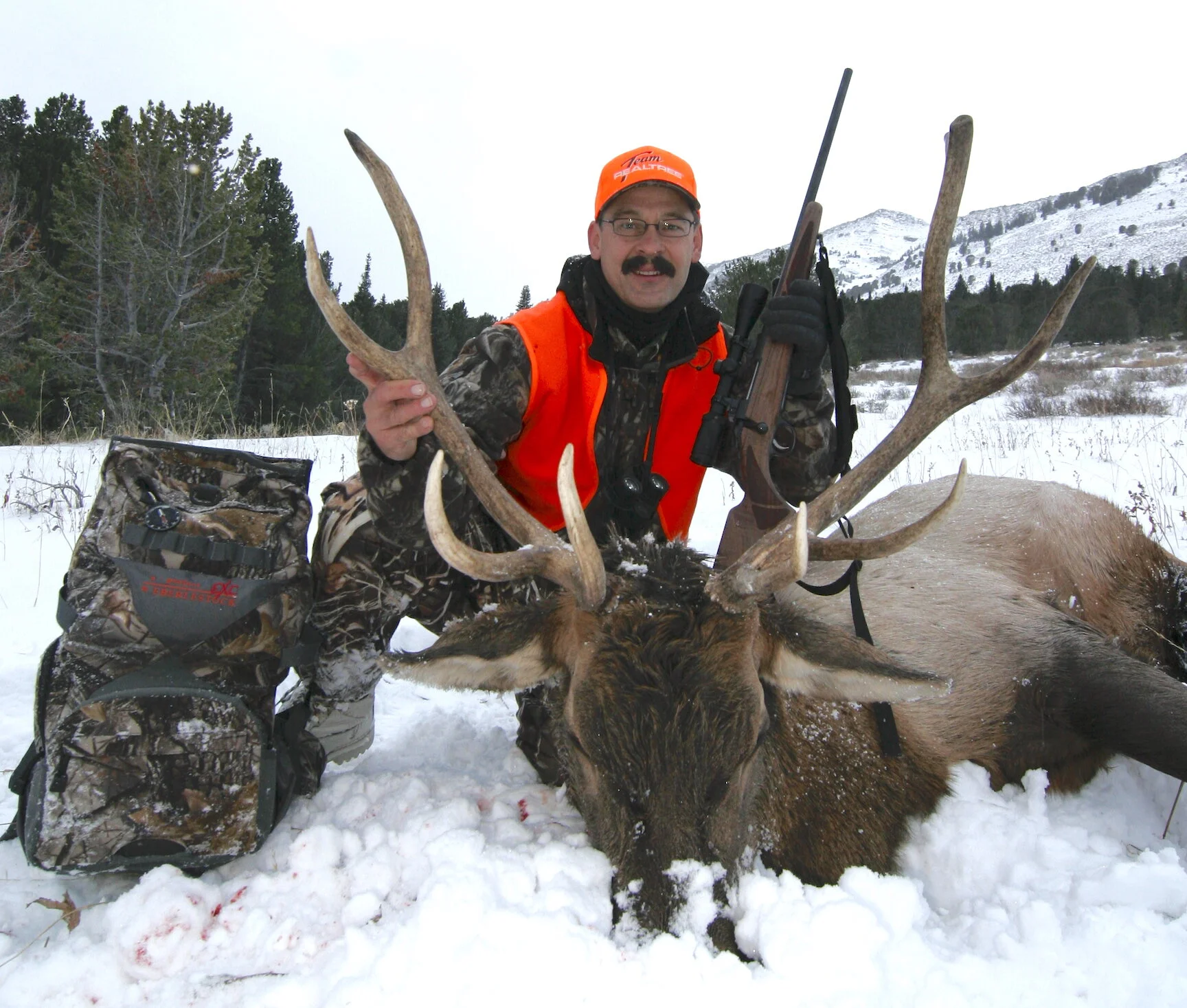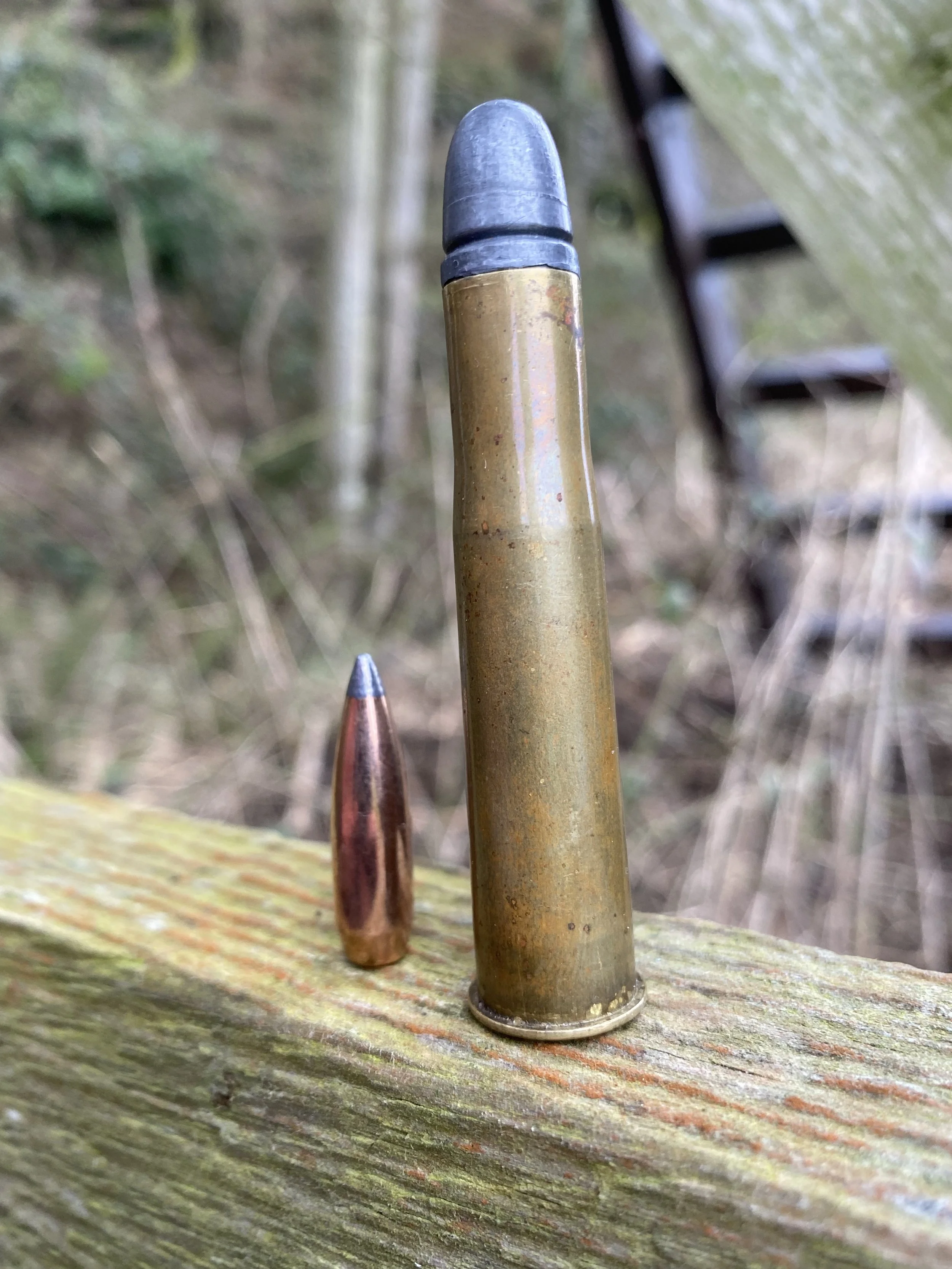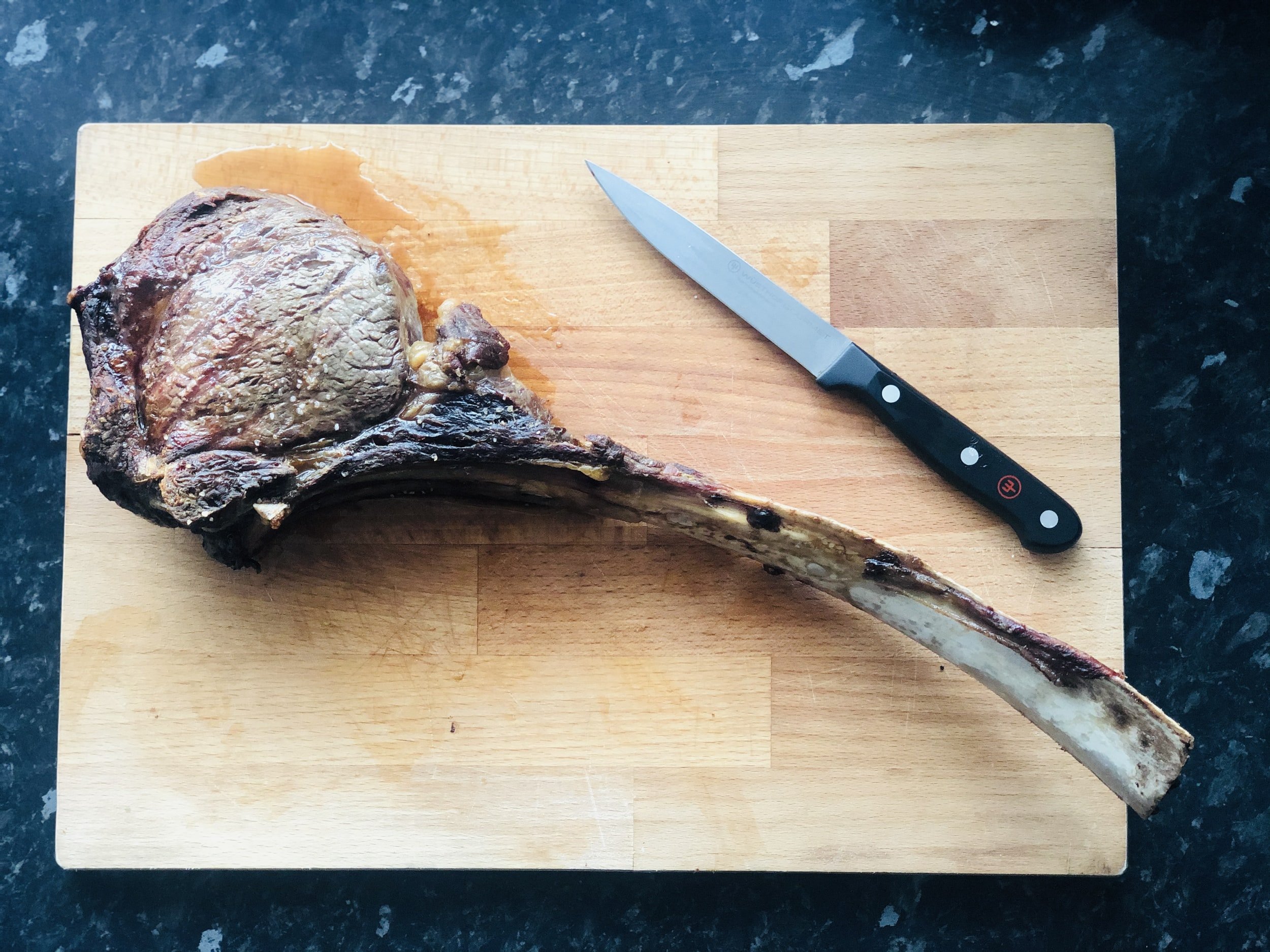338 Federal Cartridge Surprise
The little known Federal 338 cartridge is surprising for many surprising reasons, not the least of which are efficiency and efficacy. This powerful little shorty just gets it done.
The 308 Winchester on left was the parent of the newer 338 Federal on right. All Federal had to do was enlarge the neck to accommodate .338” bullets and a star was born.
Are you leery of painful magnum recoil? Wish you didn’t have to carry a 10-pound rifle with a barrel longer than your leg? Shocked by the price of a box of new Super Magnum ammo? Try the new 338 Federal.
Rifle and ammunition manufacturers have been creating and christening centerfire rifle cartridges since 1860. The 40-70 Sharps, 30-30 Winchester, 300 Savage, 222 Remington, 270 Weatherby, and even a 204 Ruger. But no Federal. For 80 years this Minnesota company has been loading everyone else’s cartridges, but never its own. Until now.
Shake hands with the 338 Federal. It shoots flatter and harder than a 30-06, produces more muzzle energy than a 7mm Remington Magnum, and recoils less than a 30-06. It will handle not only whitetails, but black bears, elk, and moose as far away as anybody is likely to hit them. And it does it with a compact, super-efficient package.
The 338 Federal (far right) is a member of the 308 Winchester family of short-action cartridges shown beside the long-action 30-06 for reference. L-R are 30-06 Sprnfld., 308 Win., 243 Win., 260 Rem., 7mm-08 Rem. and 338 Federal.
There’s nothing earth-shaking about this new cartridge. It was probably created more than 40 years ago by a wildcatter (basement handloader) who stretched the neck of the 308 Winchester case to fit a .338 bullet, then barreled a short-action rifle to match.
Changing neck size is standard procedure for iconoclasts who refuse to settle for what the big manufacturers offer. Over the years the 308 Win. was necked down and up to become the 243 Win., 260 Rem., 7mm-08 Rem., and 358 Win. Why it took so long to legitimize the .338 version remains a mystery, but Federal has finally done it. But why?
In a market saturated with highly successful standard cartridges like the 270 Win. and 30-06, plus belted magnums, long magnums, short magnums, and super short magnums, who needs a 338-08? Well, maybe you do. This little powerhouse fits a classic short-action, which means it cycles faster than the 30-06-length cases, if that matters to you. The case is narrow, so more cartridges fit into a magazine/clip than do fat, short magnums. Guns built around such small cartridges can be made about a half-inch shorter, lighter and more responsive than magnum rifles. They’re more fun to carry and shoot. Then there are the ballistics…
The 338 Federal fits short-action magazine rifles like this Sako III prototype. Burris Fullfield II scope.
According to Federal ballistics data, the 338 Federal pushes a 180-grain Nosler AccuBond from the muzzle at 2,840 fps to produce 3,223 foot pounds energy. That’s about 300 foot pounds more than the .30-06 shooting a 180-grain slug and 116 foot pounds more than a 7mm Rem. Mag. with a 160-grain bullet. The 7mm will retain more energy past 100 yards and shoot flatter, but the 30-06 will not. Believe it or not, a 180-grain bullet from the smaller 338 Federal cartridge will drop a half-inch less than a 180-grain from the 30-06 at 400 yards. Surprisingly, it drops only 1.5 inches more than the big 338 Win. Mag. at 300 yards when both fire the same 210-grain bullet.
The little Federal achieves this with considerably less powder, too, and that means less recoil. In same-weight rifles of about 7 pounds, a 338 Win. Mag. will kick up 36.1 foot pounds of shoulder smacking recoil. The 338 Federal hiccups just 24.2 foot pounds. About the same as a 30-06.
A prototype Sako III chambered 338 Federal dropped this Montana raghorn bull from about 240 yards. One 180-grain Barnes TSX to the high shoulder did the trick. Burris Fullfield II 3-9X scope. Upper Canyon Outfitters, Snowy Range, Montana.
To prove all this to myself, I shot a Montana bull elk from 275 yards with a 338 Federal. The single 185-grain Barnes Triple Shock X dropped the bull in its tracks.Efficiency experts, new shooters, folks with shoulder, back or neck injuries and anyone who dislikes recoil should welcome this softer-recoiling new round. In compact, mild recoiling rifles, it produces performance equal to some of the most proven, popular big game cartridges in America.



